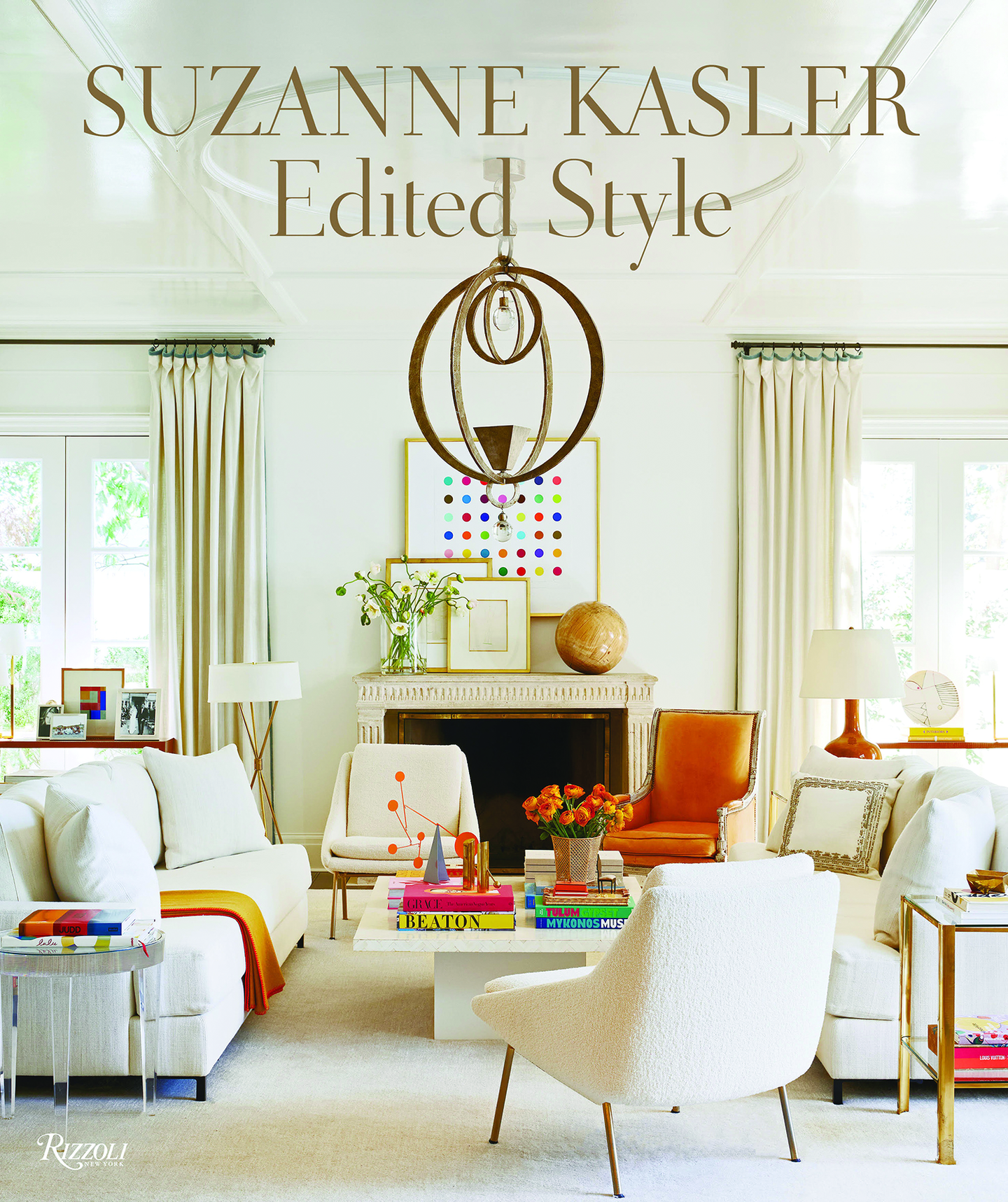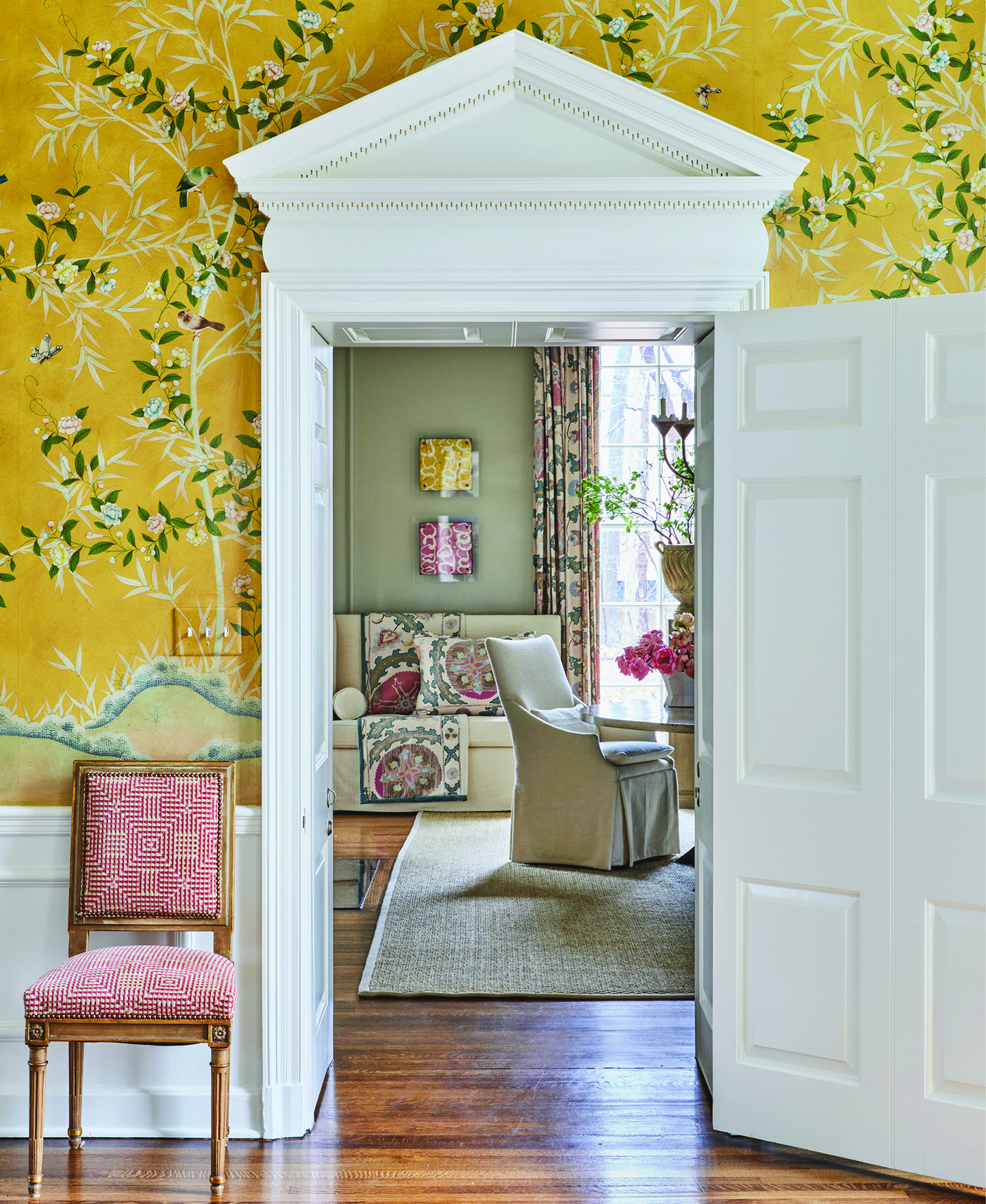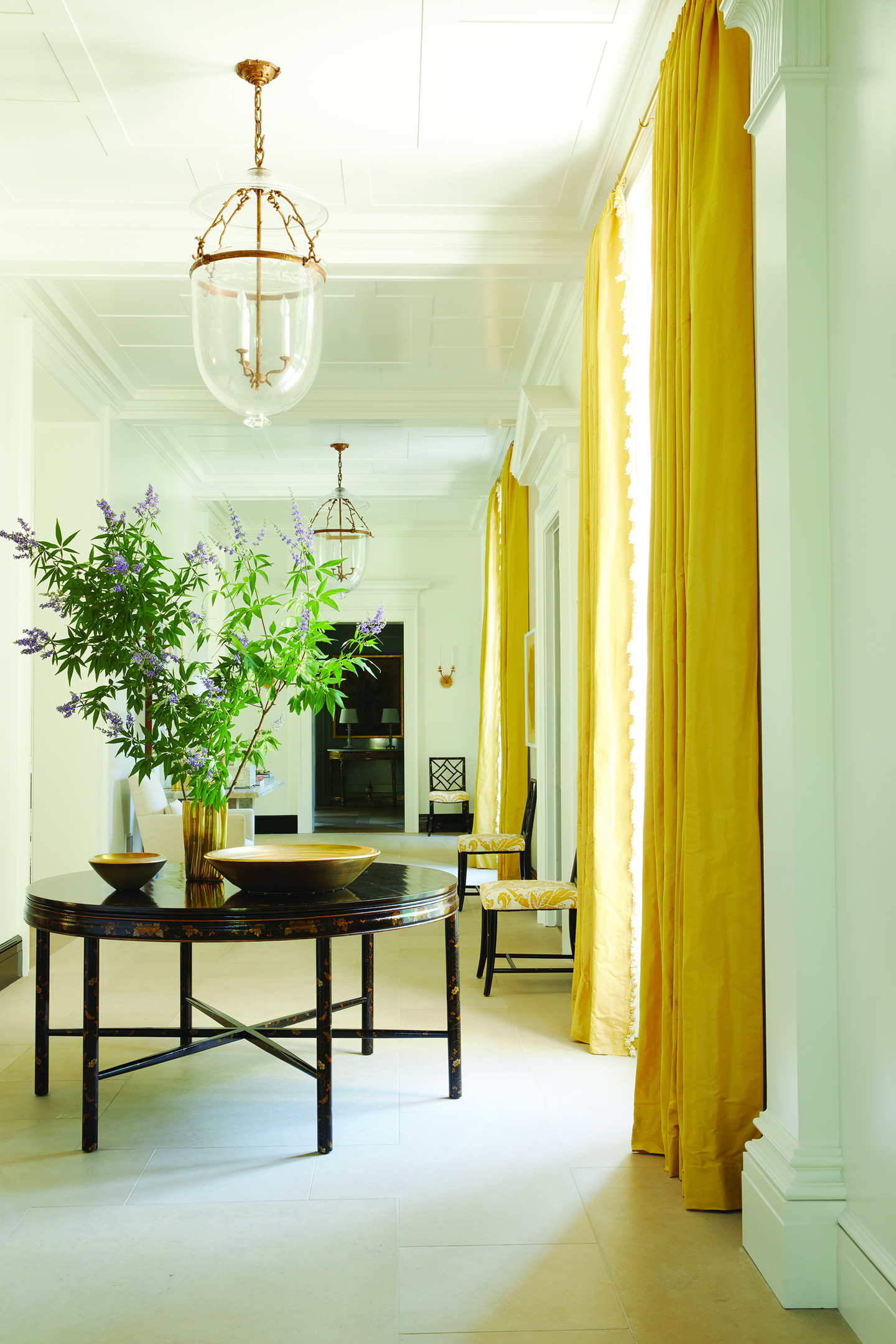
Features
Q and A with Suzanne Kasler
For more than 30 years, Suzanne Kasler has been designing classic interiors throughout the United States, Europe, the Caribbean, and Africa. Her internationally recognized approach is coveted by her clients and the public for its luminous beauty and timeless effect, a natural for traditionally designed architecture.
The heart of Kasler’s work is a sense of place, which ignites an authentic, appealing lifestyle for her clients. Her Atlanta-based firm, Suzanne Kasler Interiors, has grown to include a product design studio and a team of 12 working with the studio’s worldwide portfolio.
Kasler’s award-winning work has been noted in many prestigious industry lists, including Architectural Digest’s AD100, Elle Décor’s A-List, Luxe Interiors + Design’s Gold List, and the 1stDibs 50. She also has produced four books, including Inspired Interiors, Timeless Style, Sophisticated Simplicity, and most recently, Edited Style.



She has designed signature collections for Hickory Chair, Visual Comfort, Ballard Designs, Lee Jofa, La Cornue, and Mirror Home.
Kasler recently sat down with Traditional Building to offer her thoughts on her personal approach to design and living.
What is your design philosophy?
I believe homes should be personal portraits. My goal as a designer is to create a house that best expresses the homeowner, including their lifestyle and personality. Additionally, I think it is all about the architecture. When you get the architecture right, then you don’t have to overdecorate.
How did you get into this work?
I studied interior architecture at the University of Cincinnati and went into commercial design after graduating. It was a great foundation very technical and linear—focusing so much on the architecture of a space and then secondarily, the décor.
In my commercial design world, I really started loving antiques, shopping, and interacting with people. While I was doing commercial work, I started a residential division. As time went on and when we moved to the South, I wanted to focus solely on residential design. The South truly appreciates decorating, architecture, and antiques that is unique. My residential work was embraced in a way that I never imagined and it truly transformed my career.
What or who was your first inspiration?
I grew up in a military family and we moved every two years, which meant we did not have the kind of childhood home that you spend your entire young life in. Yet every summer my parents, sister, brother, and I would go stay with my father’s parents at their home in Indiana. Their house was full of collections. My grandparents had a passion for antiques, so they would take me to the local antiques shows. My grandmother made quilts and loved china. Every summer when we visited, my memories from previous summers would surface. I think these experiences are where my deep sense of home came from and was some of my first inspiration.
What are your favorite homes like?
My favorite homes celebrate a sense of place. They reflect and embrace the look and style of where they are.
Have you felt euphoria upon completion of a project? What was it about your best experience that makes it so memorable: the client, design, setting, circumstance, or simple kismet?
The end of a project is incredibly satisfying and always reinforces that interior design really has the ability to change people’s lives. Often it is a combination of the client and the design itself that really makes for magic at install. One of the most satisfying aspects is when we start the project and put together a whole vision for our client, then you see the vision come to life. Our passion for design gets us through the many obstacles that come up as we get to the final product. It really is what creates that specialness and seeing the clients understand what we’ve been working toward come together and create a beautiful home.
If you had one piece of advice for a fledgling designer, what would it be?
When I was a young designer, I would look for all the events that were happening in my area and I would go and listen at every industry event that I could and I would really absorb the advice and takeaways that they would offer. I would truly block out my calendar and go to everything. There I would meet other design peers, I would connect with editors at these events and it made a great difference in my network and also my knowledge and sense of the business. Also, I always recommend young designers participate in a show house when you get the chance. Even if it is the smallest room; the first show house I did was the butler’s pantry and I actually got a client from it. Doing a show house is the one time you can show your signature style. Also, you connect with vendors and workrooms, which really is inspiring and makes our job fun.
What is the most influential design book you have read and why did it affect you?
I have two: Dwellings by Sills & Huniford and Style by John Saladino. What I loved about Dwellings is they were working with beautiful architecture and antiques yet bringing a modern aesthetic to their interiors in such an understated, chic way. Then John Saladino had this beautiful use of color and patina and timelessness to his work. Also his appreciation of architecture: He would do this amazing mix of scale combining large scaled antiques with modern elements that complemented the houses in a way that I had never seen done before.
What is your own home like, and what is your favorite feature of it?
My home is my laboratory, a place in which I have been able to create special and unusual details and showcase my personal collection of antiques, art, accessories, and books throughout. I love being able to live with my collections and everything that I love. TB








